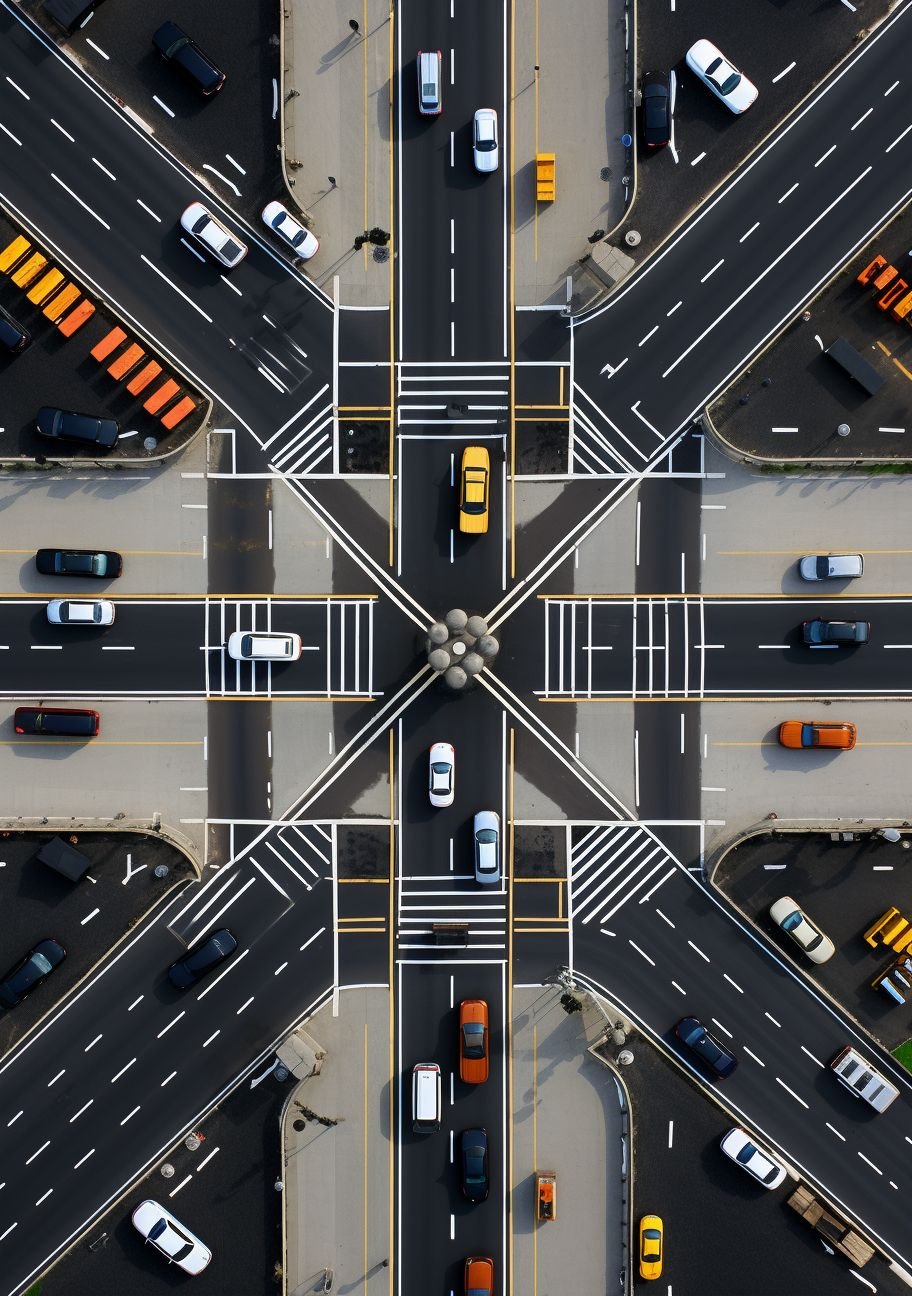The Internet of Things (IoT) is reshaping the transportation sector in groundbreaking ways. From connected vehicles to smart traffic management, IoT technologies are driving innovations that enhance safety, efficiency, and passenger experiences. Here’s how IoT is revolutionizing transportation:

1. Connected Vehicles
IoT enables vehicles to connect to the internet and share real-time data. This connectivity supports advanced features like:
- Remote Diagnostics: Monitor vehicle health and perform diagnostics remotely.
- Predictive Maintenance: Anticipate maintenance needs before issues arise.
- Over-the-Air Updates: Update software without needing a dealership visit.
Additionally, connected vehicles communicate with each other to enable features such as:
- Collision Avoidance: Prevent accidents through vehicle-to-vehicle communication.
- Adaptive Cruise Control: Enhance driving comfort and safety.
2. Smart Traffic Management
IoT-based traffic management systems use sensors to collect real-time data on:
- Traffic Flow: Monitor and manage congestion levels.
- Parking Availability: Direct drivers to available parking spots.
This data helps optimize:
- Traffic Signals: Adjust signal timings to improve flow.
- Rerouting: Redirect traffic to alleviate congestion.
3. Fleet Management
IoT enhances fleet management with real-time tracking and monitoring:
- Location Tracking: Keep tabs on vehicle locations and movements.
- Fuel Consumption: Monitor fuel usage to reduce costs.
- Route Optimization: Improve efficiency with optimized routing.
These capabilities lead to:
- Cost Savings: Reduced fuel and maintenance expenses.
- Better Service: Improved delivery times and customer satisfaction.
4. Autonomous Vehicles
IoT is pivotal in developing autonomous vehicles. These vehicles use:
- Sensors and Cameras: To perceive surroundings and navigate safely.
- Data Exchange: Seamlessly share information between vehicles and infrastructure.
IoT supports:
- Safe Navigation: Enable vehicles to make real-time decisions.
- Advanced Technologies: Foster innovation in self-driving systems.
5. Enhanced Passenger Experience
IoT technologies improve passenger experiences with:
- Real-Time Updates: Access live information on public transport schedules and delays.
- Journey Planning: Use apps for efficient travel planning.
- In-Car Entertainment: Enjoy personalized services and connectivity.
6. Logistics and Supply Chain Management
IoT transforms logistics with:
- End-to-End Visibility: Track shipments from origin to destination.
- Asset Tracking: Monitor goods and manage inventory efficiently.
Key benefits include:
- Timely Deliveries: Reduce delays and losses.
- Special Handling: Ensure proper conditions for sensitive goods.
IoT is driving the future of transportation with innovations that improve safety, efficiency, and the passenger experience. By enabling seamless connectivity and data exchange, IoT is creating a smarter, more responsive transportation ecosystem.



